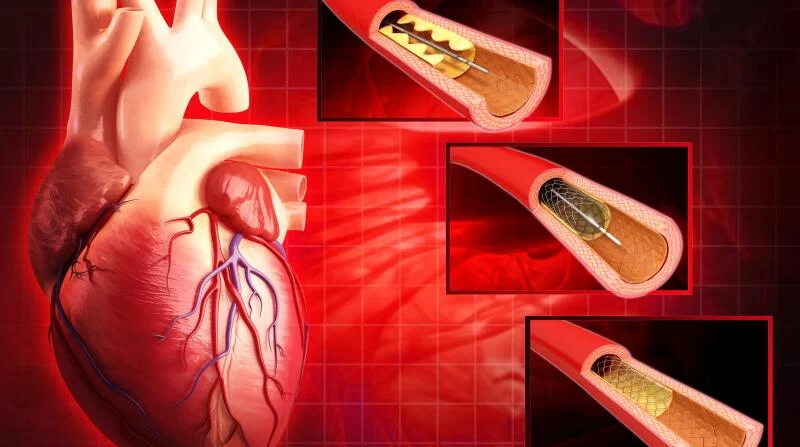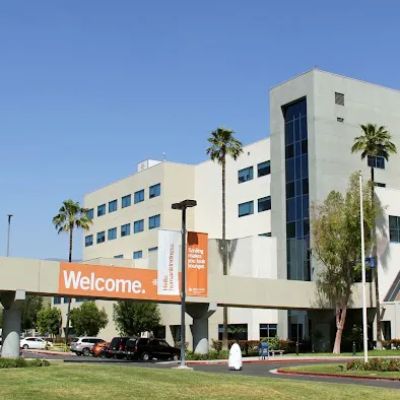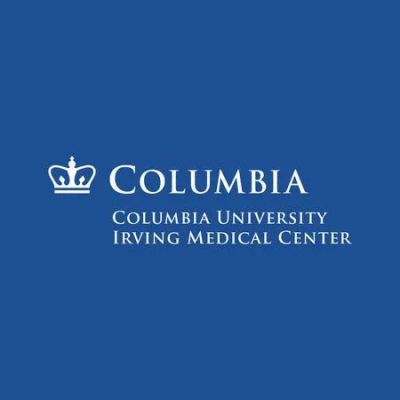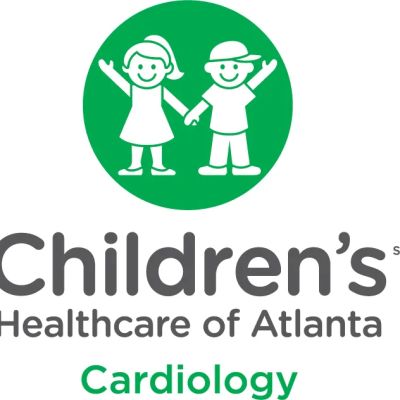The Role of Cardiac Catheterization in Diagnosing Heart Disease
- 1. What is Cardiac Catheterization?
- 2. Why Cardiologists Use Cardiac Catheterization for Heart Disease Diagnosis
- 3. How the Cardiac Catheterization Procedure Works
- 4. Benefits of Cardiac Catheterization in Heart Disease Diagnosis
- 5. Real-Life Case Studies: Cardiac Catheterization in Action
- 6. Preparing for Cardiac Catheterization
- 7. Post-Procedure Care and Recovery
- 8. Final Thoughts and Next Steps
1. What is Cardiac Catheterization?
Cardiac catheterization is a medical procedure used by cardiologists to diagnose and treat various heart conditions. It involves inserting a thin, flexible tube called a catheter into a blood vessel, usually in the groin or arm, and threading it to the heart. This allows doctors to see how blood flows through the heart and arteries, identify blockages, and assess heart function. It can also be used to take measurements, such as blood pressure in the heart or oxygen levels in different chambers of the heart.
2. Why Cardiologists Use Cardiac Catheterization for Heart Disease Diagnosis
Cardiac catheterization is one of the most important tools used by cardiologists to diagnose heart disease. It provides real-time, detailed images of the heart and blood vessels, allowing cardiologists to identify potential issues that may not be visible through standard imaging techniques like X-rays or ultrasound. It is particularly useful for detecting blockages in coronary arteries, evaluating heart valve function, and measuring heart pressures. By using cardiac catheterization, doctors can diagnose conditions like coronary artery disease (CAD), congenital heart defects, and heart failure with great accuracy.
3. How the Cardiac Catheterization Procedure Works
The cardiac catheterization procedure begins with the patient being given a mild sedative to help them relax. Local anesthesia is applied to the insertion site, typically the groin or wrist, to numb the area. Once the catheter is inserted into the blood vessel, it is carefully threaded toward the heart. The catheter is equipped with a camera and other instruments to allow the cardiologist to visualize the heart’s structure and function. In some cases, a contrast dye is injected through the catheter to highlight areas of concern in the heart and blood vessels.
Throughout the procedure, the cardiologist may perform various tests to evaluate the condition of the heart, such as taking pressure measurements within the heart chambers or assessing blood flow through the coronary arteries. The procedure typically lasts between 30 minutes to an hour, depending on the complexity of the case.
4. Benefits of Cardiac Catheterization in Heart Disease Diagnosis
Cardiac catheterization offers several key benefits in diagnosing heart disease:
- Accurate Diagnosis: It provides a clear, direct view of the heart’s condition, allowing for a precise diagnosis.
- Minimally Invasive: Compared to open-heart surgery, cardiac catheterization is minimally invasive, requiring only a small incision and reducing recovery time.
- Real-Time Information: The procedure allows for immediate, live data, helping doctors make decisions during the procedure itself.
- Treatment Option: In some cases, treatments such as angioplasty or stent placement can be performed during the same procedure, saving time and reducing the need for multiple interventions.
5. Real-Life Case Studies: Cardiac Catheterization in Action
Case studies provide valuable insight into how cardiac catheterization is used in real-world scenarios. For example, John, a 58-year-old man, went to his cardiologist after experiencing chest pain and shortness of breath. His doctor recommended a cardiac catheterization to assess the cause of his symptoms. The procedure revealed a significant blockage in one of his coronary arteries, which was successfully treated with angioplasty. John’s condition improved drastically, and he was able to avoid more invasive surgery.
Similarly, Maria, a 63-year-old woman with a family history of heart disease, underwent cardiac catheterization as part of a routine checkup. The procedure revealed early signs of coronary artery disease, allowing her doctor to recommend lifestyle changes and medication to manage her condition before it progressed further.
6. Preparing for Cardiac Catheterization
Preparing for cardiac catheterization involves several steps to ensure the procedure goes smoothly. Your cardiologist will provide specific instructions based on your individual case. Generally, you will need to fast for several hours before the procedure to ensure your stomach is empty. You may also need to stop taking certain medications, especially blood thinners, to reduce the risk of complications during the procedure.
It's also important to inform your doctor of any allergies, especially to iodine-based contrast dyes, which may be used during the procedure.
7. Post-Procedure Care and Recovery
After the procedure, you will be monitored for several hours to ensure that there are no immediate complications. Most patients can go home the same day, but you will need someone to drive you home. Recovery typically takes a few days, during which you should avoid strenuous activity. In some cases, if a stent or balloon angioplasty was performed, your doctor may schedule a follow-up appointment to monitor your recovery.
8. Final Thoughts and Next Steps
Cardiac catheterization plays a crucial role in diagnosing heart disease, offering an accurate, minimally invasive way for cardiologists to assess heart function and identify potential issues. If you or someone you know is experiencing heart-related symptoms, it may be time to consider this diagnostic procedure. It can provide valuable insights into your heart health, helping you take proactive steps to prevent or treat heart disease. Talk to your cardiologist to learn more about how cardiac catheterization can benefit you, and consider exploring related products or treatments that may support your heart health in the long run.





















